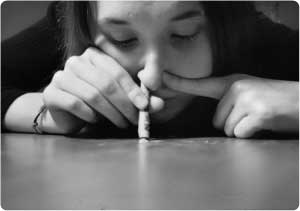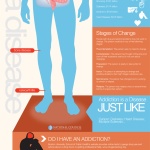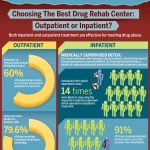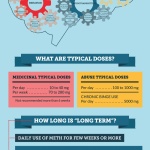The addiction definition as defined by ASAM highlights that addiction is really a chronic brain disorder rather than just a behavioral problem to do with an excess of drugs, alcohol, gambling or sex.
When we look at compulsive and compulsive behaviors in family or friends, or even public figures like politicians or celebrities, the focus is only about the substance usage or behaviors being the problem. But these outward behaviors are in fact symptoms of an underlying disorder which involves different parts of the human brain, as reported by the addiction definition from ASAM, the American Society of Addiction Medicine, the country’s biggest professional society of physicians devoted to the treatment and prevention of addiction.

At its core, addiction is not only a problem socially, morally or criminally. It is a problem of the brain whose behaviors manifest in all these different areas. A lot of behaviors influenced by addiction are real problems and quite often criminal acts. However the disease concerns the human brain, not drugs.
The addiction definition came from an extensive, 4 year process having in excess of 80 experts actively working on it, such as top authorities on addiction, addiction medicine clinicians as well as top neuroscience researchers.
The addiction definition also explains addiction as being a primary disease, which means that it is not caused by other causes like psychiatric or emotional problems. Addiction is defined as a chronic disease as well, similar to diabetes or cardiovascular disease, therefore it has to be treated, monitored and managed throughout a lifetime.
20 years of progress in neurosciences persuaded ASAM that the addiction definition should be redefined by what is happening within the human brain. Studies have shown how addiction has an effect on neurotransmission as well as interactions in the brain’s reward circuitry, causing addictive behaviors that take the place of healthy behaviors, whilst memories of past experiences with alcohol, drugs, food and sex bring about craving as well as the renewal of addictive behaviors. In the meantime, brain circuitry which controls judgment and impulse is altered as well, which results in the dysfunctional need for rewards like alcohol and drugs. This region in the human brain is still growing while in teenage years, and this can be why early experience of alcohol and drugs is associated with greater chance of addiction later on in life.
Reference for: Addiction Definition As Defined By ASAM



